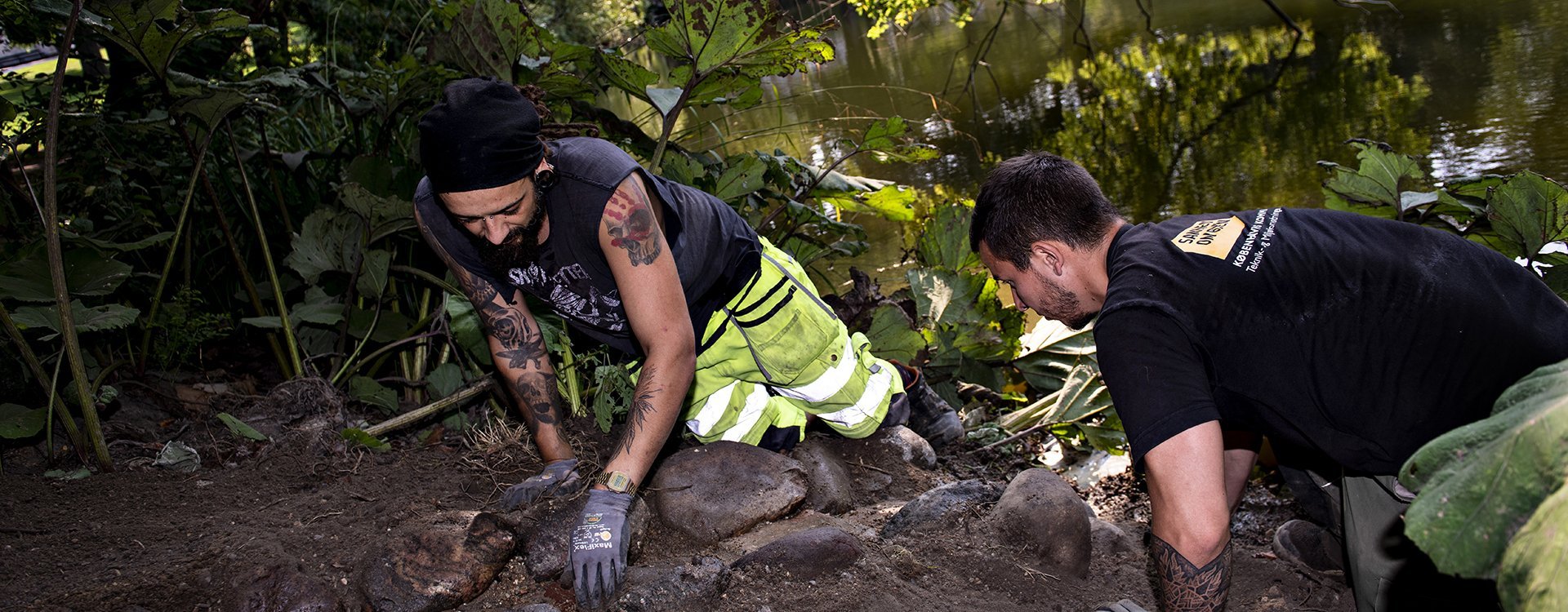Meanwhile, companies face a number of barriers, including costs and fierce international competition, which involves a risk of relocation of production and workplaces and subsequent carbon leakage.
At the same time, among manufacturing companies, there are many small and medium-sized enterprises (SME) with few workers and a limited capacity and insufficient sources of investment.
You are now reading Chapter 08. A green transition of business and industry.
Read more:
01. Greater roles and measures for the public sector
02. Strategic commitments to Power-to-X, the circular economy, bioeconomics, carbon capture and research
03. Sector coupling underpinned by major energy investments
04. More climate-friendly installations, structures and buildings
05. More circular economy, better disposal and management of waste
06. Climate-friendly development of foods, consumption, agriculture and development of forests
07. Transportation: Reorganization of taxation of cars and transformation of heavy transport
09. International initiatives regarding climate, competitiveness and exports
10. Climate taxes and other sources of financing
This means that it is difficult for them to prioritize green climate-friendly measures and to meet the reduction potentials even though these measures would have a short payback time, which can, among other things, be the case for energy efficiency measures.
No single solution can remove these barriers. FH therefore suggests a wide range of initiatives to underpin the transition by:
- Creating a market pull for green solutions.
- Strengthening climate-friendly products and competitiveness for companies.
- Strengthening the level of information and capacity.
- Strengthening access to financing.
- Supporting the development of new climate initiatives.
The specific initiatives summed up in box 10 must be seen in connection with a number of other initiatives. This is especially true for “green and socially sustainable public procurement” that is crucial to creating increased demand for green products, “expansion of biogas”, “facilitation of repatriation of EU funds” as well as international initiatives to increase the level of ambition and the export of Danish solutions.
Box 10: FH proposes
- Greater demand for green products
- Development and dissemination of standardized tools
- Promotion of higher sustainability assessments in SMEs
- Consultancy, skills development and facilitation
- Strengthening of the companies’ further access to green financing
- The 125% technology deduction for SMEs
Read more at: https://fho.dk/tekniskbaggrundsnotat
The initiatives can drive an expansion of the instruments we already know such as energy efficiency measures and electrification. However, they can also drive a continued development of new solutions which can increase Danish exports of green technologies.
The 125% technology deduction for SME’s will provide the opportunity to compensate for the technology gap they often have with large companies, and it will enable them to contribute to the long-term transition and higher exports. They will also underpin the master plan for research described in the chapter on strategic commitments.
You just finished reading Chapter 08. A green transition of business and industry.
Read all chapters below:








